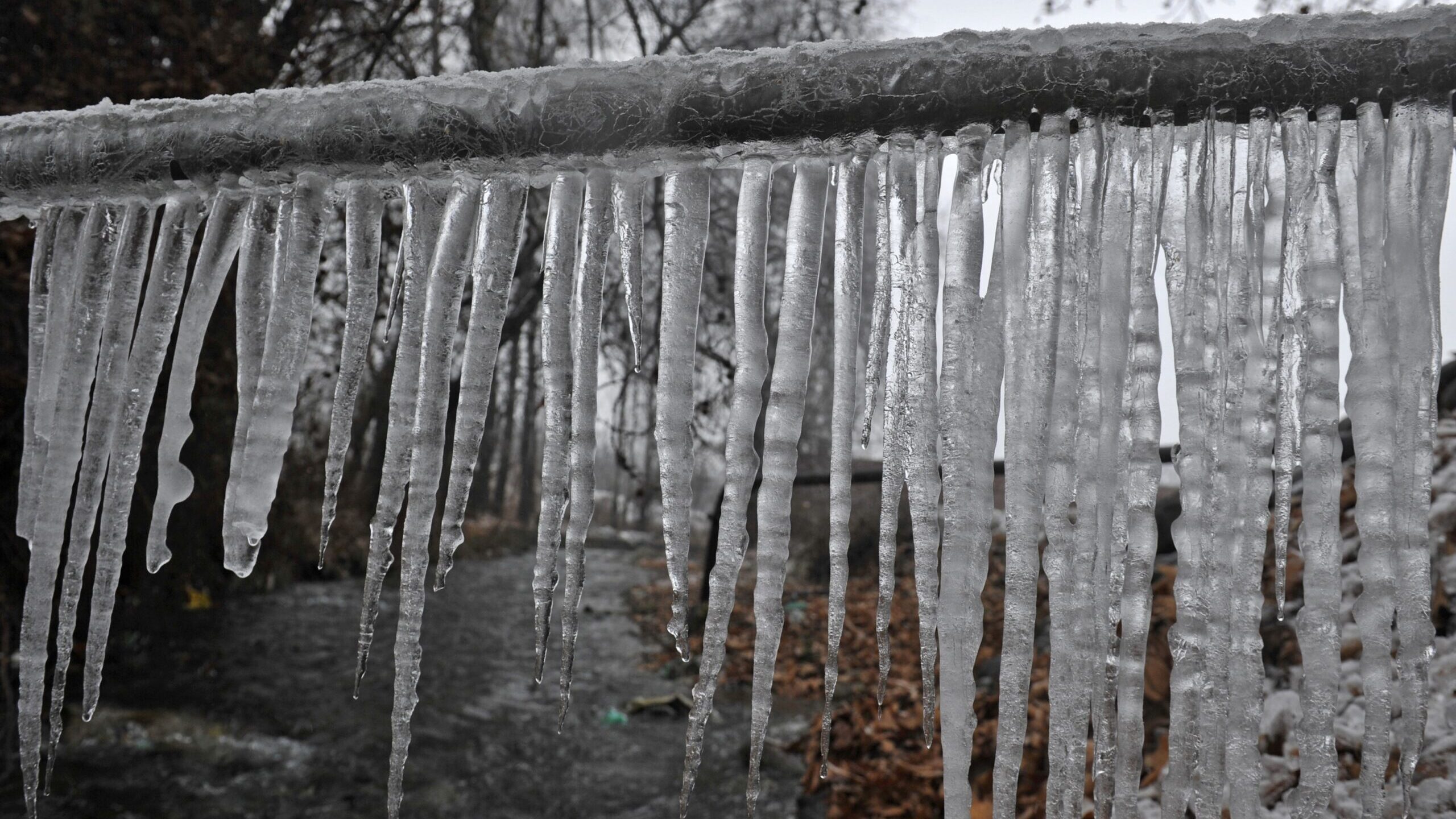Protecting Against Frozen Plumbing in Cold Weather: Expert Tips
Protecting Against Frozen Plumbing in Cold Weather: Expert Tips
Blog Article
This article listed below on the subject of Helpful Tips to Prevent Frozen Pipes this Winter is truly enlightening. Have a go and draw your own personal assumptions.

Cold weather can damage your plumbing, specifically by freezing pipelines. Below's how to avoid it from happening and what to do if it does.
Intro
As temperature levels decrease, the risk of frozen pipes rises, possibly resulting in expensive repairs and water damage. Comprehending just how to prevent frozen pipelines is essential for house owners in chilly environments.
Avoidance Tips
Shielding susceptible pipelines
Wrap pipes in insulation sleeves or use heat tape to safeguard them from freezing temperature levels. Focus on pipelines in unheated or outside areas of the home.
Home heating strategies
Maintain indoor areas properly heated, particularly areas with pipes. Open up closet doors to allow warm air to flow around pipes under sinks.
How to determine icy pipes
Search for lowered water flow from taps, unusual odors or sounds from pipelines, and noticeable frost on revealed pipelines.
Long-Term Solutions
Structural adjustments
Think about rerouting pipes far from exterior wall surfaces or unheated locations. Include additional insulation to attic rooms, basements, and crawl spaces.
Updating insulation
Invest in high-grade insulation for pipelines, attic rooms, and wall surfaces. Correct insulation helps maintain consistent temperature levels and reduces the threat of frozen pipelines.
Safeguarding Outdoor Plumbing
Garden hoses and outdoor taps
Separate and drain pipes garden tubes prior to winter season. Mount frost-proof faucets or cover outside taps with shielded caps.
Comprehending Frozen Pipelines
What triggers pipes to ice up?
Pipes ice up when revealed to temperature levels below 32 ° F (0 ° C) for expanded periods. As water inside the pipelines freezes, it increases, putting pressure on the pipeline wall surfaces and possibly triggering them to rupture.
Risks and problems
Frozen pipelines can cause water system disruptions, property damages, and costly fixings. Ruptured pipelines can flood homes and create substantial structural damage.
Indications of Frozen Piping
Recognizing icy pipelines early can avoid them from breaking.
What to Do If Your Pipes Freeze
Immediate actions to take
If you believe icy pipes, keep taps available to soothe pressure as the ice melts. Use a hairdryer or towels taken in warm water to thaw pipelines slowly.
Final thought
Protecting against icy pipelines needs positive steps and quick reactions. By understanding the causes, signs, and safety nets, property owners can protect their pipes during winter.
5 Ways to Prevent Frozen Pipes
Drain Outdoor Faucets and Disconnect Hoses
First, close the shut-off valve that controls the flow of water in the pipe to your outdoor faucet. Then, head outside to disconnect and drain your hose and open the outdoor faucet to allow the water to completely drain out of the line. Turn off the faucet when done. Finally, head back to the shut-off valve and drain the remaining water inside the pipe into a bucket or container. Additionally, if you have a home irrigation system, you should consider hiring an expert to clear the system of water each year.
Insulate Pipes
One of the best and most cost-effective methods for preventing frozen water pipes is to wrap your pipes with insulation. This is especially important for areas in your home that aren’t exposed to heat, such as an attic. We suggest using foam sleeves, which can typically be found at your local hardware store.
Keep Heat Running at 65
Your pipes are located inside your walls, and the temperature there is much colder than the rest of the house. To prevent your pipes from freezing, The Insurance Information Institute suggests that you keep your home heated to at least 65 degrees, even when traveling. You may want to invest in smart devices that can keep an eye on the temperature in your home while you’re away.
Leave Water Dripping
Moving water — even a small trickle — can prevent ice from forming inside your pipes. When freezing temps are imminent, start a drip of water from all faucets that serve exposed pipes. Leaving a few faucets running will also help relieve pressure inside the pipes and help prevent a rupture if the water inside freezes.
Open Cupboard Doors
Warm your kitchen and bathroom pipes by opening cupboards and vanities. You should also leave your interior doors ajar to help warm air circulate evenly throughout your home.
:strip_icc()/snow-outdoor-faucet-pipes-4af65d1e5e904fb1aa7bf74071fe5d89.jpg)
Do you enjoy reading up on 6 Ways to Prevent Frozen Pipes? Give a remark down below. We'd be pleased to know your responses about this blog posting. We are looking forward that you visit us again soon. Sharing is nice. You won't know, you will be helping someone out. Thank you for your time. Revisit us soon.
Estimate Report this page